Here we go again – Electric Blue meets Atlantic Blue as the stalwart Perodua Myvi comes back from the facelift works to continue keeping Proton’s baby challenger, the Iriz, at bay.
We’ve of course extensively covered the differences between them before, and many aspects of the Myvi – including dimensions and mechanicals – maintain status quo, so we’ll concentrate on what’s changed and see if the tables have turned.
Inclusive of engine and gearbox options, the 2015 Perodua Myvi facelift offers six variants, priced between RM41,500 and RM58,500, OTR with insurance, while metallic paint is an extra RM400.
That’s between one and four percent cheaper than before, comfortably undercutting the eight Proton Iriz variants that cost between RM42,438 and RM62,438, with metallic paint a RM450 extra.
Both give you a five-year/150,000 km warranty – Perodua discontinued its free service programme upon upping its warranty period from three to five years, for all of its products.
Subtract gearbox options from the picture and you’ll find a Myvi variant for every Iriz variant – two 1.3 versions and two bigger-engined versions (Myvi 1.5 versus Iriz 1.6). That’s because every Iriz variant can be had with either a manual or CVT, whereas the Myvi 1.3 Premium X and 1.5 Advance are auto-only variants.
You can be the judge in terms of looks, but few can deny the Myvi’s increased presence brought about by the massive grille that comes as standard on the SE and Advance.
Of course, the Perodua’s new LED light guides (SE and Advance only) pale in comparison to the Proton’s LED DRLs, and lest we forget, projector headlamps are no longer standard across the Myvi range; on the Iriz, they are, along with aeroblade wipers and auto headlamps, which the Myvi doesn’t have and never had.
However, all Myvi variants except for the base Standard G now get front corner parking sensors (which no Iriz variant offers), and the Myvi Advance gets a reverse camera to match the Iriz Executive and Premium.
Improving the Myvi’s already excellent practicality is a tissue holder behind the front passenger seat, an anti-snatch hook, a retractable cupholder and a flip-down storage compartment on the driver’s side panel. The Iriz claws back convenience points – all variants except the base 1.3 Standard have three USB ports (two for charging), and the top 1.6 Premium boasts keyless entry and start.
Finally, safety. Thanks to an enhanced vehicle structure, the Myvi is now a four-star ASEAN NCAP car, although with two airbags and no stability control regardless of variant (Standard G doesn’t even have ABS!), it loses out significantly here. The Iriz, a five-star ASEAN NCAP car, has stability control and hill hold assist as standard, and the 1.6 Premium gets six airbags and belt-up reminders for all seats.
For differences in exterior and interior dimensions, performance and boot space, check out our earlier Proton Iriz vs Perodua Myvi comparison gallery. So, Betul2Onz or A Malaysian Icon Made Better?
2015 Perodua Myvi 1.5 Advance
2014 Proton Iriz 1.6 Premium
AD: Drive the Proton model of your dreams. Submit your details and Proton PJ will get in touch with you.
Looking to sell your car? Sell it with Carro.

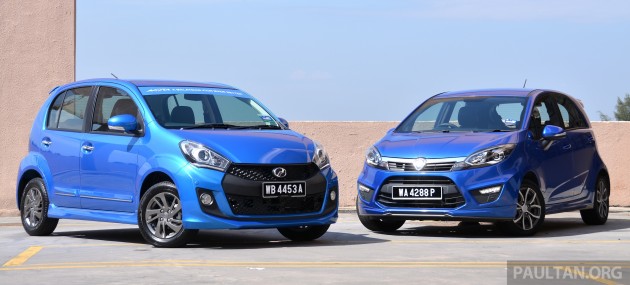



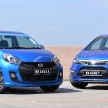
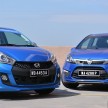
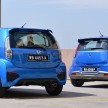

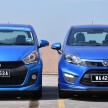
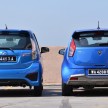
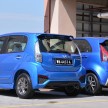
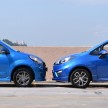
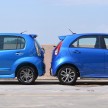

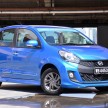
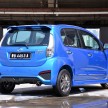

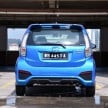

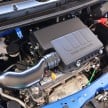
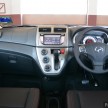
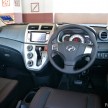
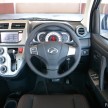
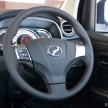
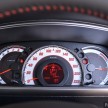
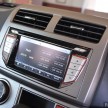
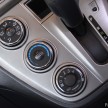
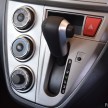
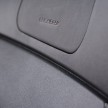

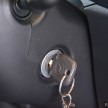
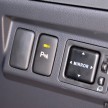
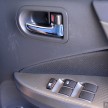
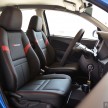

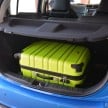
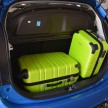
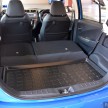
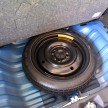
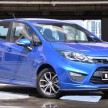
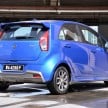
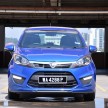
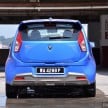
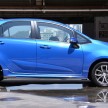
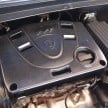
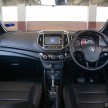
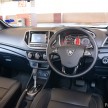
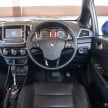
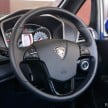
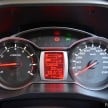
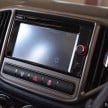
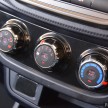
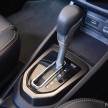
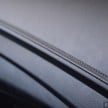
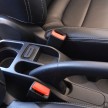
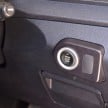
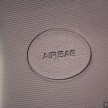
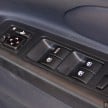
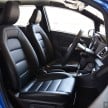

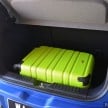
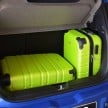

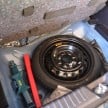
















AI-generated Summary ✨
Comments generally acknowledge the Proton Iriz as a more modern, better-equipped, and safer car compared to the Myvi, highlighting features like six airbags, ABS, ESC, and better interior quality. Many comments praise the Iriz's design, handling, and safety ratings, with some owners sharing positive personal experiences. However, criticisms include concerns over reliability, build quality, production delays, and ownership experience, particularly referencing past issues with Proton's reputation. Supporters of both brands discuss market presence, sales figures, and manufacturing sources. Overall, sentiments lean toward appreciating the Iriz's improved features and safety, though doubts about long-term reliability and production volume remain. The debate also features playful comparisons and enthusiatic support from owners, emphasizing a mix of admiration and skepticism.